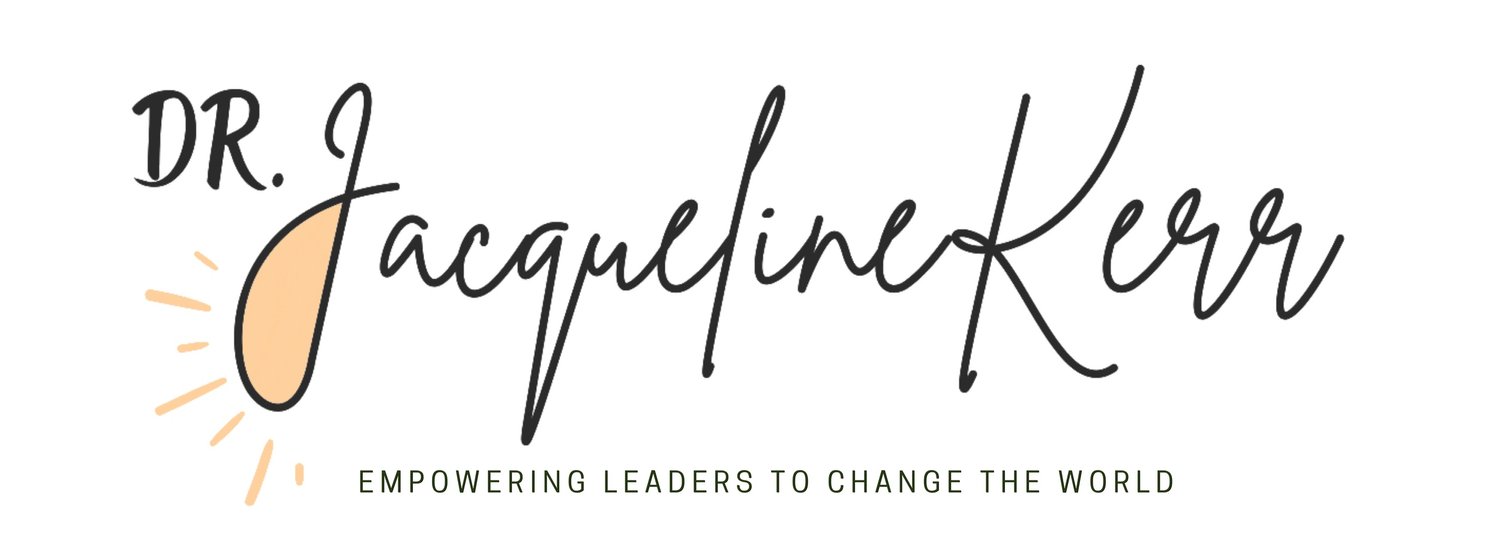Episode 1: Sharing my burnout journey and learning to embrace change
Key Takeaways
There is not a silver bullet to solve burnout, and no one solution will work for every situation. I can show you how behavior change works and what types of goals might help us move the needle.
Burnout is now included as a WHO occupational phenomenon. It is a reason for seeking health services but it is not classed as an illnesses or health condition in itself. There is also emotional burnout, caregiver burnout and parental burnout which might be affecting you as a mom.
I felt like a bad mom, wife, friend and manager. As a public health Professor I already did a lot of stress management through diet and exercise, but I did not pay much attention to my mental health. My body was telling me to stop
My workload was ridiculous, I had taken on leadership positions to try to prove myself and they had not only resulted in more responsibilities but more conflictual relationships and less autonomy. My values for community empowerment were not respected by the institute I was housed in and I felt like I did not belong.
I was able to leave this job because we were a dual income family. I also had paid vacation time from the university to help until I set up my own business as a grant writer. We were privileged and I was well educated.
When I interviewed moms from previous generations about their work life experiences, I realized so much was still the same for working moms today. I read that it would take 200 years for global pay equity.
I learned that to quieten my inner critic. I learned that coaching is an extremely valuable investment.
I learned to be a thoughtful parent. I learned that the best help I could get from my husband was for him to take the kids and give me a break at the weekends. I learned the limitations of a fixed mindset, a black and white view of the world.
I learned if I focused on me as the problem, there was less I could do than if I focused on the problem itself. I learned that I am in charge of my choices. I am not a victim. I learned to value my time.
I learned to recognize, allow, express and process my feelings. I learned was that my love language was positive affirmations. I learned to eat intuitively.
But I also learned that burnout often leads to people leaving a job because the workplace is toxic and the workload is unreasonable and these are often beyond an individual’s control.
Women do more committee work, more mentoring of vulnerable students, they make more edits to their work upon feedback, but their work is often judged as less important, they are rated more poorly as teachers, and their work is cited less often.
53% of PhD students are women but less than 20% are full professors, and only 5% of professors are Black women. Women are called aggressive, are given personal feedback instead of skills-based feedback, and are interrupted more.
Without women researchers, women’s health issues will not be studied. Without female faculty role models, girls will not pursue the education goals they are capable of.
I know behavior change is hard, so I try to provide examples of how you can set yourself up for success.
Systems change comes from individuals making decisions, enforcing those decisions, and rewarding people for living by those decisions. We are the system. We can change the system.
Can you take time for yourself? Can you invest time in doing nothing to give your mind and body a break? Can you take the time to speak with someone, to share your load, to ask for help?
When women work the economy and society benefit, and when women lead organizations are more diverse and still profitable.

